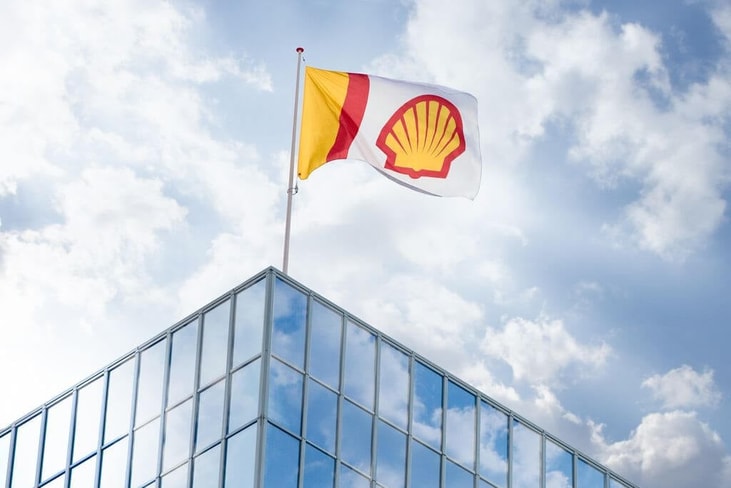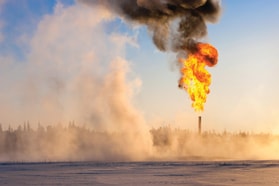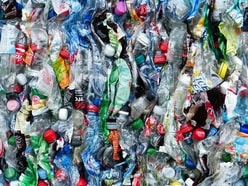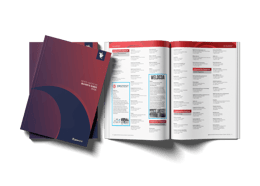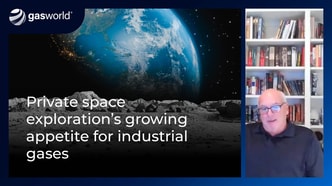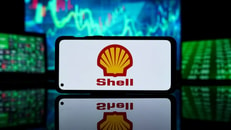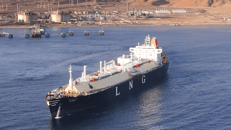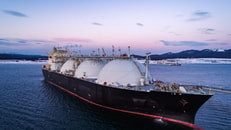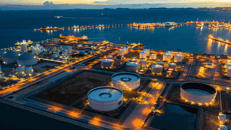Shell’s loss-making renewables impact Q1 profits
Energy giant Shell has reported adjusted earnings of $5.6bn in Q1 2025, down from $7.7bn a year earlier.
Despite the drop, also down on the $3.7bn earnings recorded in Q4, analysts said the result beat expectations and the market warmed to another $3.5bn share buyback programme for the next three months. It is the 14th consecutive quarter of at least $3bn in buybacks by Shell.
CEO Wael Sawan said the company strengthened its LNG business by completing the acquisition of Singapore-based Pavilion Energy, which operates a global LNG trading business with contracted supply volume of approximately 6.5 million tonnes per annum (mtpa). Shell believes the purchase will spur LNG sales by 4% to 5% per year to 2030.
... to continue reading you must be subscribed

